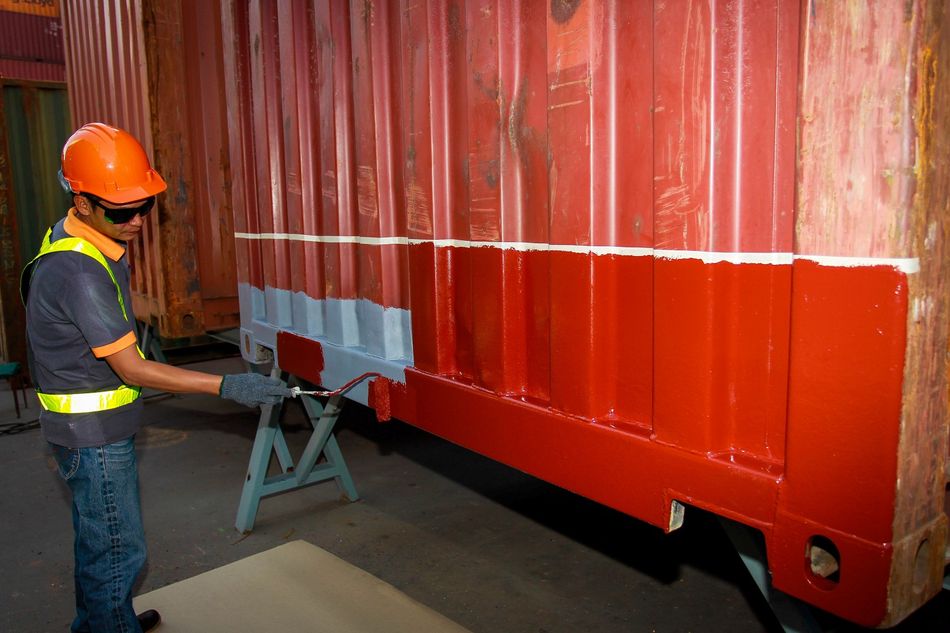7 Ways to Extend the Life of a Shipping Container
Rust Prevention
The first and most important thing to consider when choosing a steel container is rust. Keeping your container from rusting requires constant vigilance and care. First, this means cleaning the container inside and out and ensuring there are no potential entry points for water and moisture to enter. The roof is a particularly vulnerable part of the structure where water can accumulate, so clean and dry it as often as possible. Dents are potential rust spots and should be addressed immediately before rust begins to eat away at the metal.
Lubricating door hinges
Perhaps the most common problem with a shipping container is the doors not working properly. Container door hinges can become magnets for dirt and rust, so regular maintenance is necessary to ensure they open and close smoothly. Oil container door hinges regularly and keep them clean to prevent dirt and grime from accumulating. If they are stuck or bent, it may be due to uneven weight distribution. In this case, you will need to adjust the weight balance in the container to level it out.
Replacing door seals
If water and air regularly enter the container, it may damage the container and its contents. If you notice water inside the container, this may be due to faulty rubber door seals. Instead of replacing the container doors or the entire container itself, replace the rubber seals and see if that solves the leaking problem.
Container alignment
The shipping container must be placed on a level and flat surface. The container distributes its weight to four corners. If these angles are not aligned, the weight will not be distributed evenly and the frame may bend or become damaged. When installing the container, make sure the surface is flat and sturdy. Concrete, pavement or gravel will all make a good base, as will any flat, dry area.
Floor care
The floor of the container is made up of two parts: the lower support is made of steel cross and the upper support is made of waterproof plywood. Check the bottom of the container regularly to ensure that there are no rust or mold stains. If there are holes or tears in the top layers of plywood, you should repair them or replace the plywood immediately.
Roof repair
The roof is the most vulnerable part of a shipping container as it bears the brunt of rain, wind and sun. Even though the container roof is waterproofed and sealed, it can still be exposed to the elements without proper repairs and maintenance. Container owners should clean the container roof regularly to prevent dirt and water from accumulating. Any possible dents or holes should be repaired and patched to prevent water and moisture from getting inside the container.
Fresh coat of paint
After years of hard outdoor use, your container's paint may have flaked, faded or chipped, leaving room for rust to penetrate. If the container's exterior paint shows signs of fading or chipping, renew the paint as soon as possible to maintain exterior protection.



